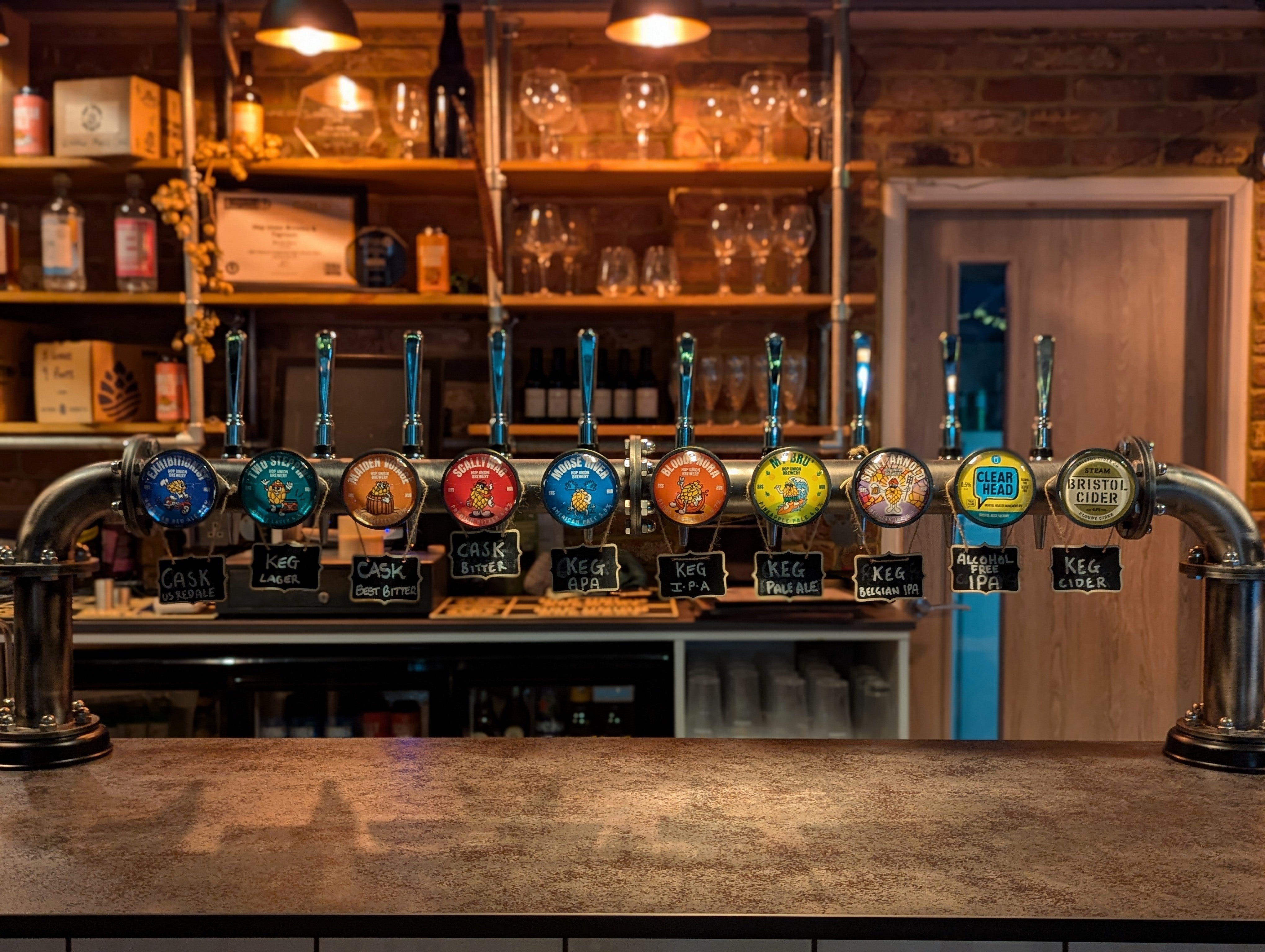Walk into any craft beer bar or browse the shelves of your local bottle shop, and you’re bound to see two familiar labels. Brewers produce American Pale Ale (APA) along with India Pale Ale (IPA) as two popular craft beer styles. These beers both present dominant hop flavours and offer multiple style options which makes them popular selections for beer enthusiasts.
Both beer styles exhibit visual similarities and utilise common brewing components yet remain distinct due to specific differences between them.
American Pale Ale represents the US version of traditional British pale ale. How does it differ from an IPA? The essential question becomes which beer style suits your personal taste best.
In this blog we will be cracking it open and breaking it down sip by sip.
What Is an American Pale Ale?
American Pale Ale represents the United States' adaptation of the classic British pale ale. US craft brewers in the late 20th century brought American Pale Ale into the spotlight by replacing traditional English hops with citrusy and piney American varieties, such as Cascade, Centennial, and Amarillo.
The result? This beer has a crisp taste with refreshing qualities and achieves a perfect malt-to-hop balance.
Typical Traits of an APA:
ABV: Around 4.5%–6.2%
Flavour: The beer showcases vibrant hops with citrus notes complemented by a smooth malt base
Bitterness: Noticeable, but not overwhelming (30–50 IBU)
Body: Medium-light, easy-drinking
American Pale Ales are super approachable. These beers are perfect for a warm day or a barbecue situation because they feature good flavours that don't overwhelm your taste buds.
What Is an IPA?
IPA stands for India Pale Ale which first appeared in the UK before becoming an essential element of American craft beer culture. IPAs were originally made with additional hops and stronger alcohol content to endure the long transportation from Britain to India. IPA enthusiasts today appreciate them for their strong hop flavours combined with intense bitterness.
American IPAs take the hop character to the next level beyond what APAs achieve. Depending on the choice of hops brewers use, IPAs can feature a variety of aromas including citrus, pine, tropical fruit, dank resin as well as floral notes.
Typical Traits of an IPA:
ABV: Usually between 4.5%–7.5%, but can be higher
Flavour: IPA beer demonstrates strong hop aroma and bitterness, accompanied by fruity or herbal flavours.
Bitterness: Strong, often 50+ IBU
Body: Medium, sometimes fuller
IPAs exist in various types such as West Coast, East Coast, hazy, double and triple yet all of these styles focus primarily on highlighting the hop flavour.
So What’s the Difference?
You're not alone if you have mixed up an APA with an IPA before. While they both share similar appearances and aromas, specific characteristics exist which allow you to differentiate between them.
1. Hop Intensity
IPAs demonstrate an even stronger hop presence compared to other hop-forward styles. APAs offer citrusy aromas with moderate bitterness while IPAs deliver a much stronger combination of flavour and finish.
TL;DR: APA = balanced. IPA = bold.
2. Alcohol Content
APAs typically remain more drinkable with alcohol content staying around 5%. IPAs frequently deliver stronger alcohol content which regularly exceeds 6%.
3. Malt Profile
The focus of APAs is to find a middle ground between hops and malt while IPAs emphasise the hops flavour. The malt in most IPAs exists only to prevent the beer from becoming excessively harsh.
4. Drinkability
This one comes down to personal taste. APAs maintain smoothness and allow you to drink them throughout extended sessions. IPAs deliver strong flavours which make them perfect for sipping but they may not suit multiple servings.
Why the Confusion?
Today brewers frequently experiment with their recipes which can make it difficult to distinguish between APAs and IPAs. Certain pale ales contain more hops than standard IPAs while some IPAs are made to be milder and lighter.
The designation of beer labels can differ based on marketing decisions, brewing methods, or local consumer tastes. There are established standards for these beer styles but expect to encounter pale ales that taste like IPAs and IPAs that taste like pale ales.
When to Choose an APA
Go for an American Pale Ale if:
- You need a beginner-friendly hoppy beer that won't overwhelm your taste buds.
- You should choose an American Pale Ale if you desire a drinkable pint that maintains a moderate alcohol level.
- Your palate appreciates beers that deliver balanced flavour along with a clean and crisp finish.
American Pale Ales taste best with warm weather food and casual dining because they deliver flavours that enhance your meal without overpowering your senses.
When to Choose an IPA
Pick up an IPA if:
- Big, bold hop flavours and aromas really excite you.
- You’re in the mood for something stronger
- You’re experimenting with various hop types and different beer styles.
IPAs make perfect choices for beer tasting sessions and as accompaniments to rich or spicy dishes while also serving as bold flavour experiences for beer enthusiasts.
Final Sip
American Pale Ales and IPAs have established their rightful positions within the craft beer market. The APA serves as the easygoing relative because it is approachable and provides a refreshing balance. The IPA stands out because it demonstrates bold flavours and complex profiles designed for those who appreciate hops.
Your fridge and heart can accommodate both subtle smooth beers and bold bitter ones since there's space for both styles.
When you next choose between taps or bottles at the store, both your expectations and your taste preferences will be clear.
Let's toast to the wonderful world of beer while deepening our comprehension of it.





